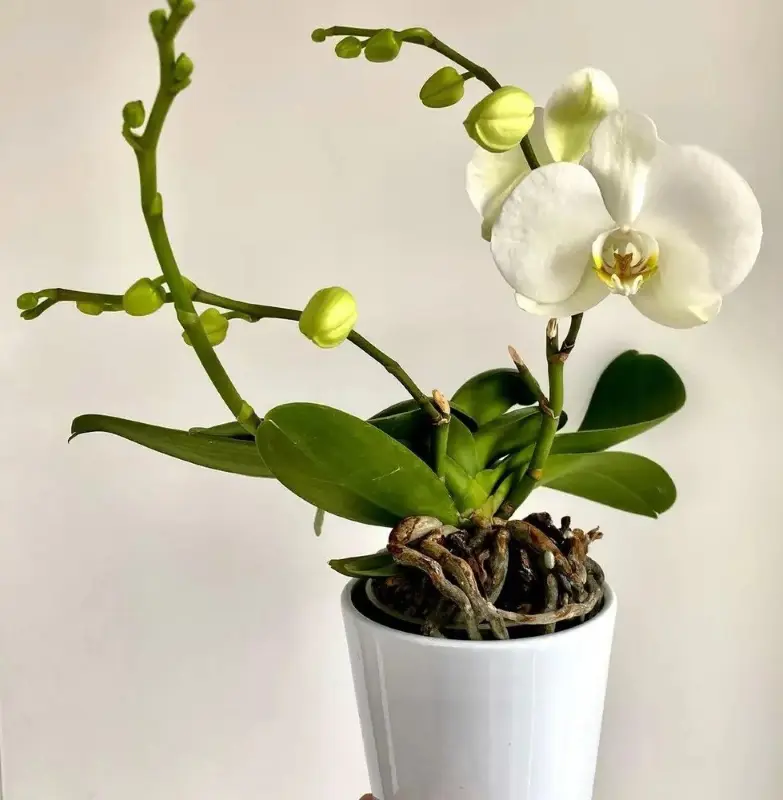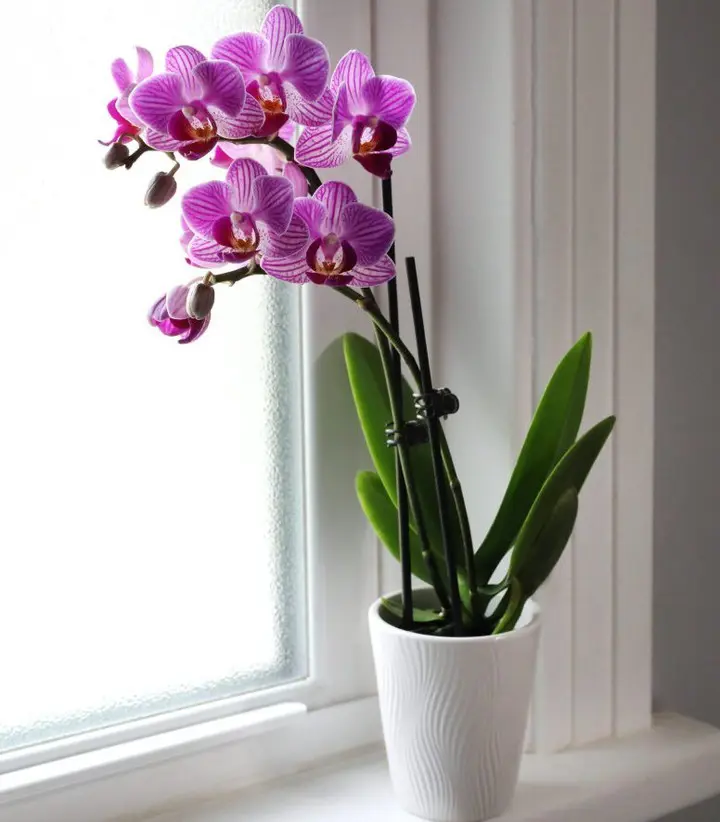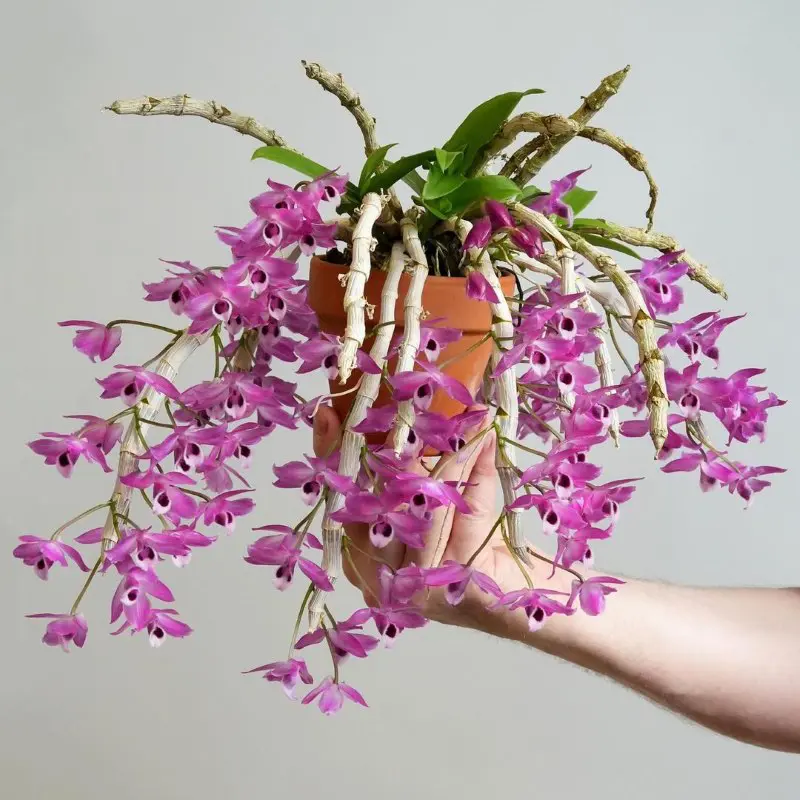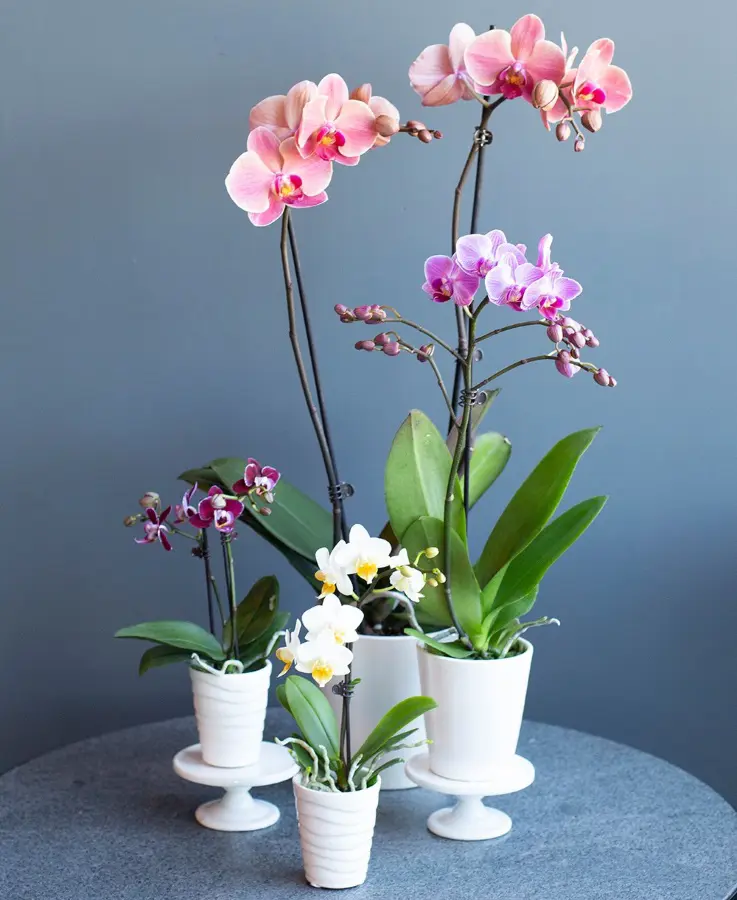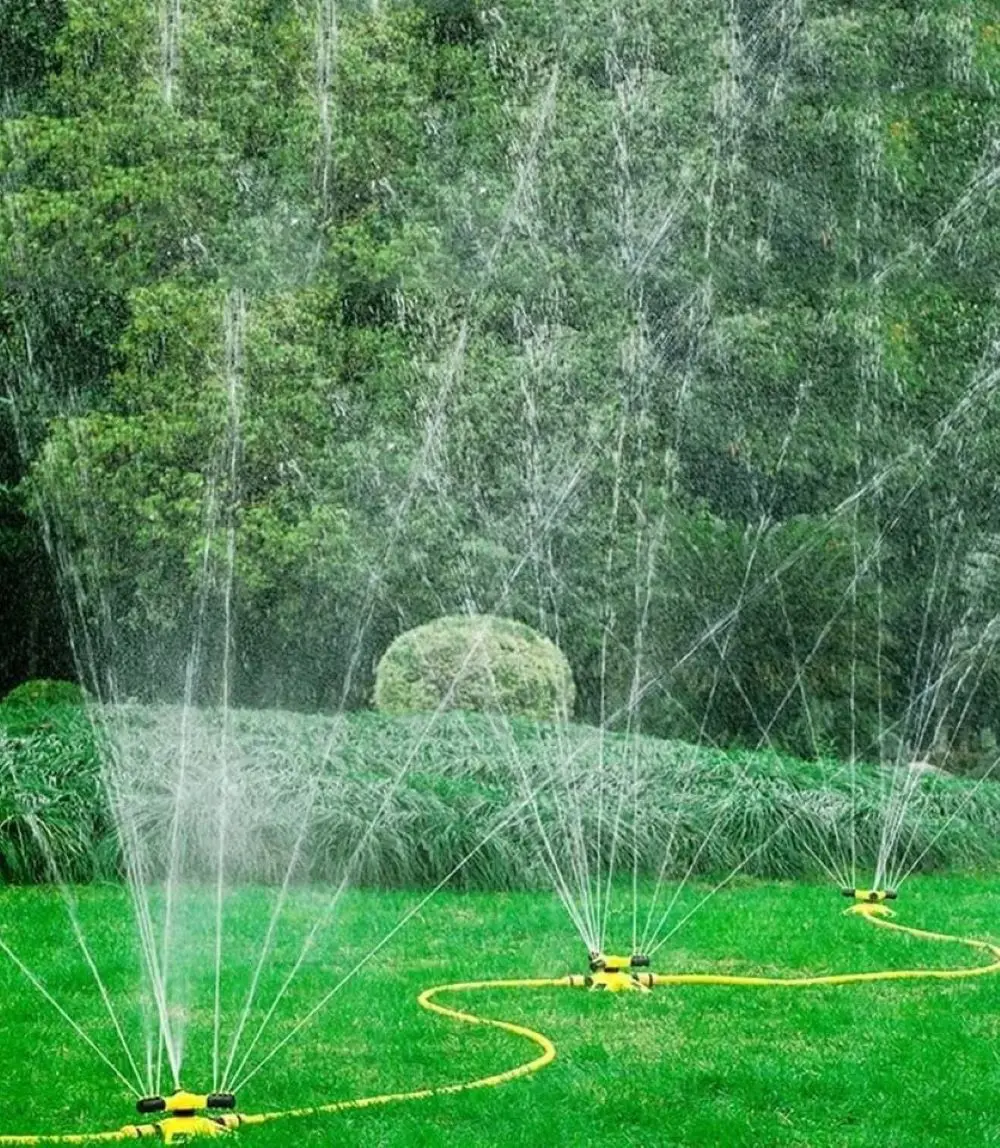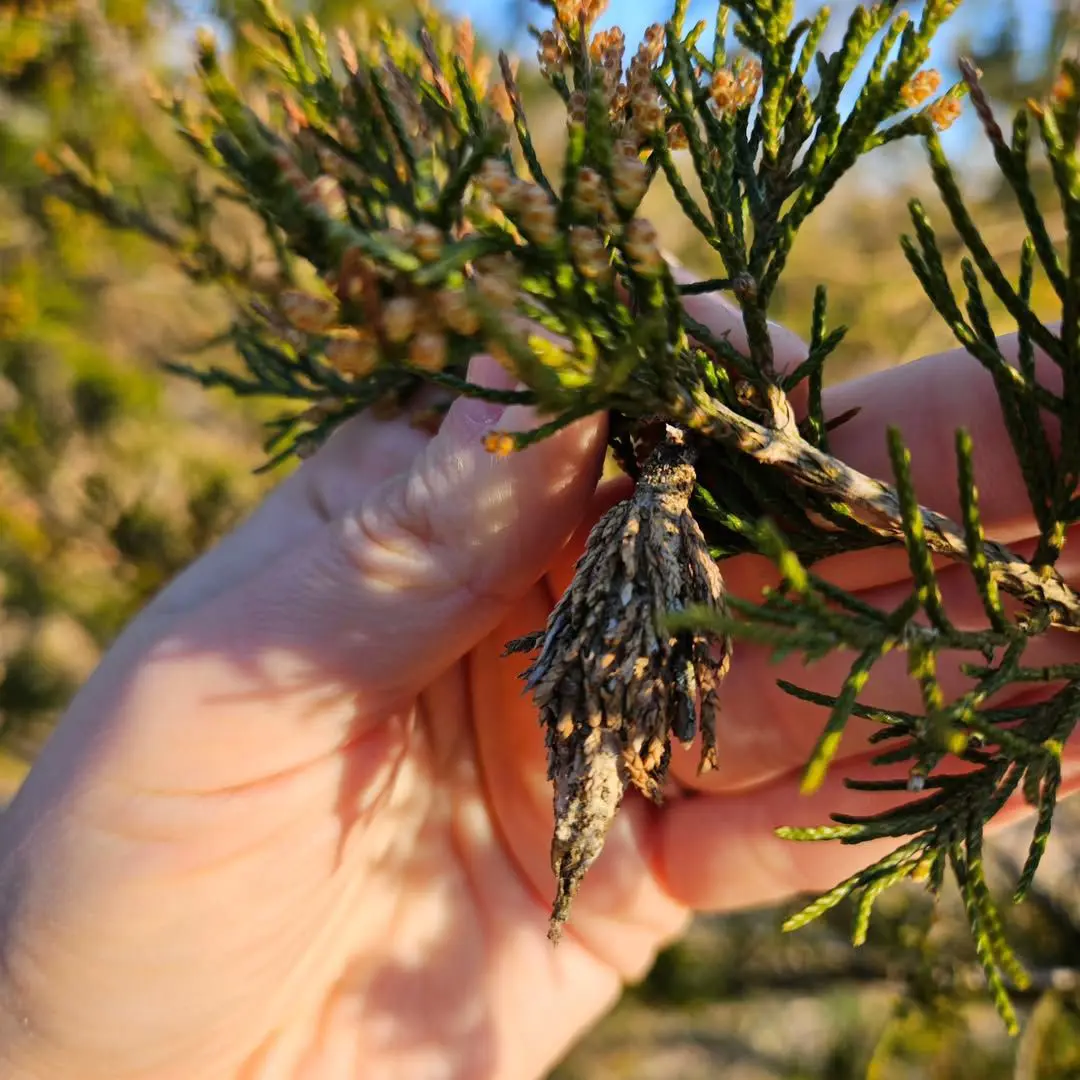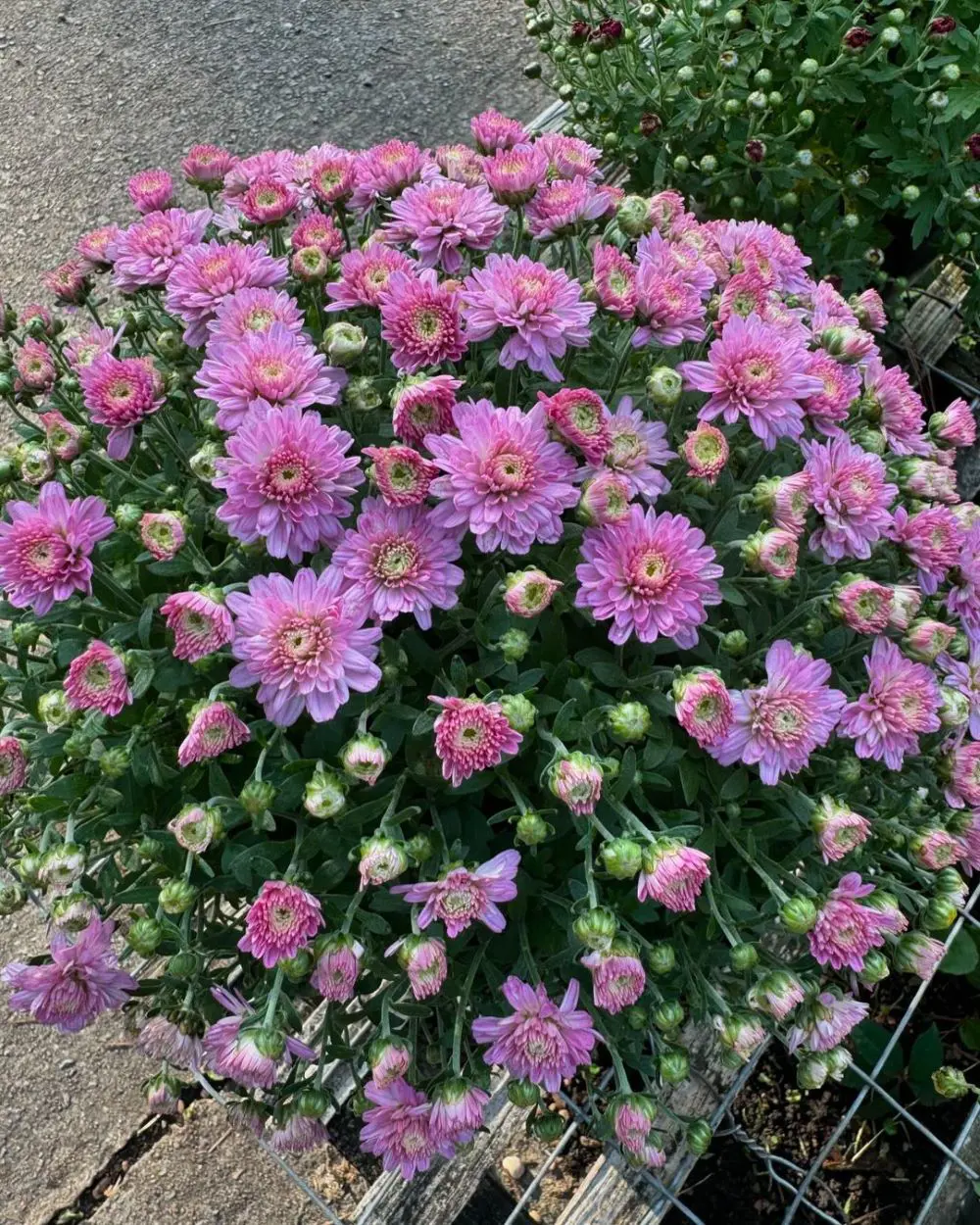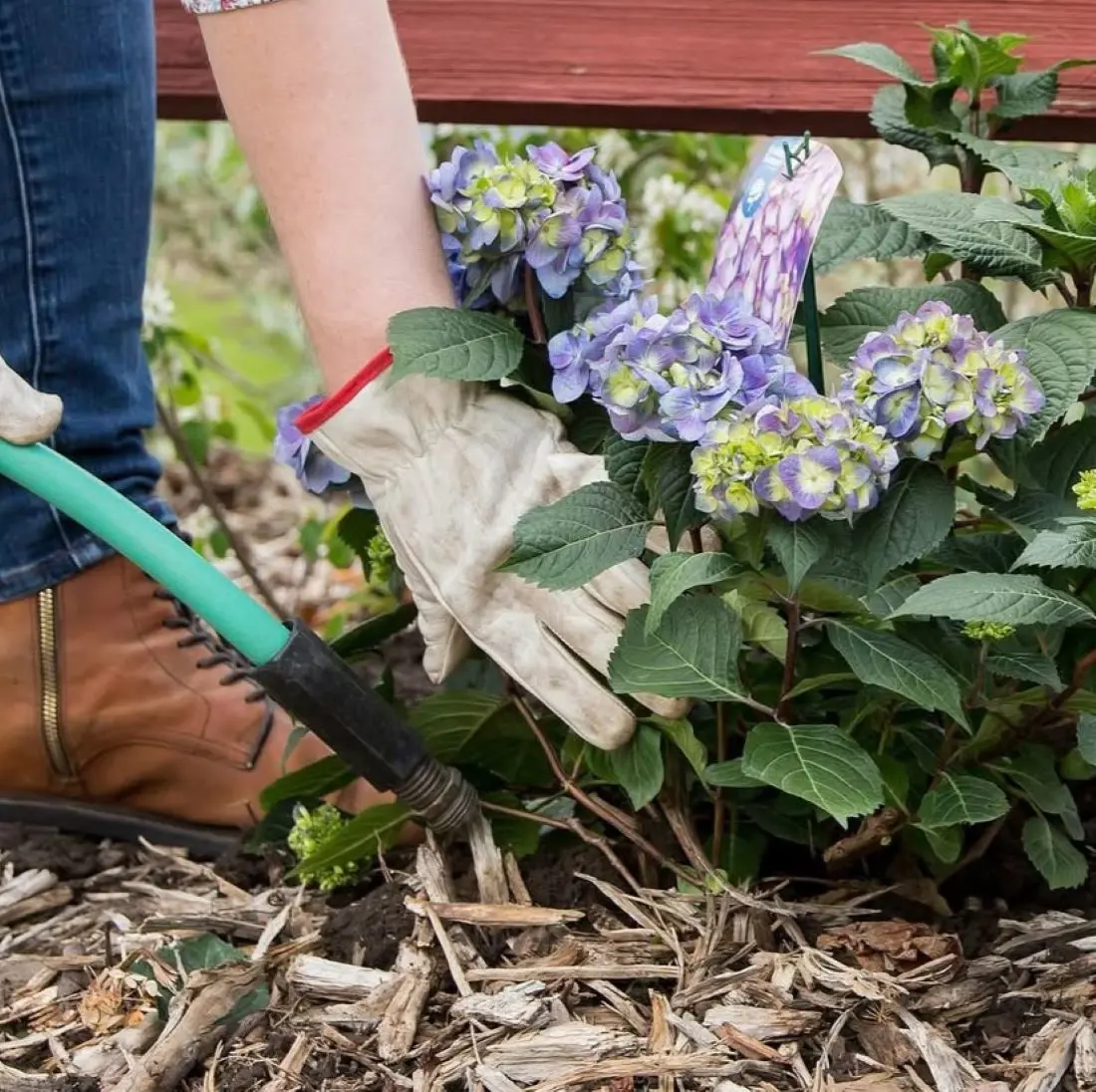Understanding The Causes
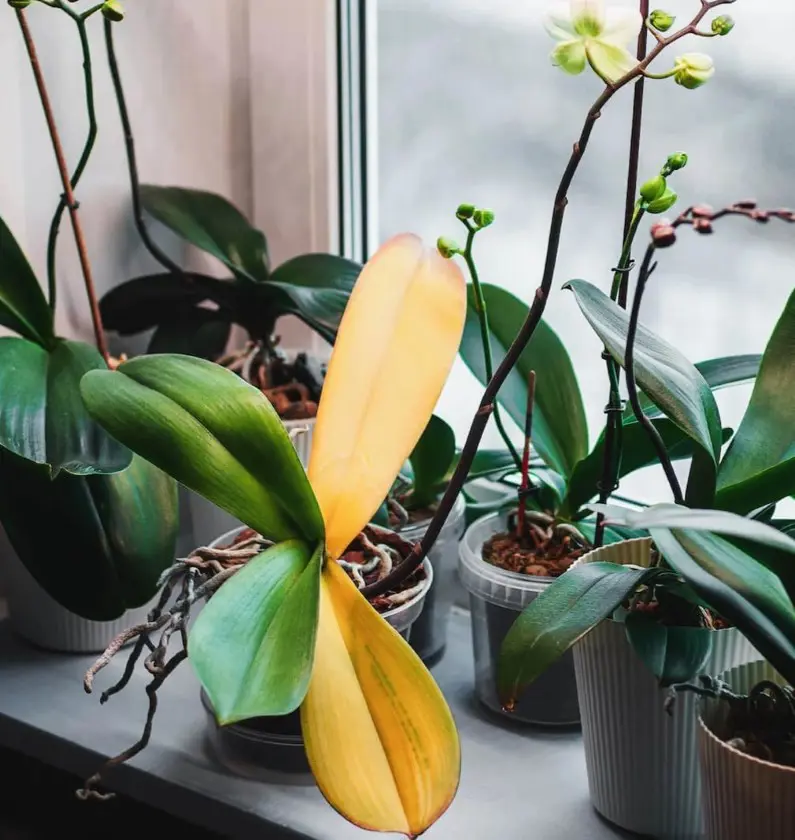
Orchid leaves turning yellow may not always indicate the presence of a disease. Sometimes, it's simply a natural aspect of the plant's life cycle or a response to changes in its environment.
However, If the yellowing continues and worsens over time, it could signal a more serious issue. This might be related to factors such as over and under watering, inadequate light exposure, or even nutrient deficiencies.
Watering Issues
Overwatering is the most common reason for yellowing their leaves. Too much water can lead to root rot, preventing the plant from absorbing nutrients and moisture properly. Consequently, the leaves will start to turn yellow and eventually fall off.
While less common than overwatering, underwatering can also cause yellowing leaves. When an orchid doesn't receive enough water, it can dry out, causing its leaves to wilt and turn yellow.
Lighting Problems
If orchids don't receive enough sunlight, they can't produce sufficient chlorophyll. This leads to a decrease in the green color of their leaves and eventual yellowing.
On the other hand, if they are placed in direct sunlight, the leaves will become pale and start to fall out due to sunburn caused by excessive exposure to light.
Nutritional Deficiencies
Orchids require essential nutrients such as nitrogen, phosphorus, and potassium to grow healthily. In case of deficiency in any of these nutrients, their leaves may begin to turn yellow. A lack of nitrogen typically manifests as discoloration starting from the tips of the leaves.
Similarly, phosphorus deficiency may cause leaves to appear dark green or purple underneath, while insufficient potassium levels may appear as yellowing along the edges and between the veins of the leaves.
Salts Buildup
If you use tap water to water your orchid, the minerals and salts in the water can build up in the potting medium over time. This can damage the roots and lead to yellowing leaves.
Other Potential Causes
Orchid leaves turning yellow is not solely limited to issues related to light, nutrition, and water. Deficiencies in these areas can certainly contribute to leaf discoloration; however, several other potential problems can cause these issues. Some of them include:
- Poor drainage in the container.
- Infestations by pests and other fungal diseases.
- Extreme fluctuation in temperature.
- Sudden shifts in humidity, airflow, and location.
- Natural aging process.
- Exposure to chemicals like pesticides and fungicides.
- Dust accumulation on the leaves.


